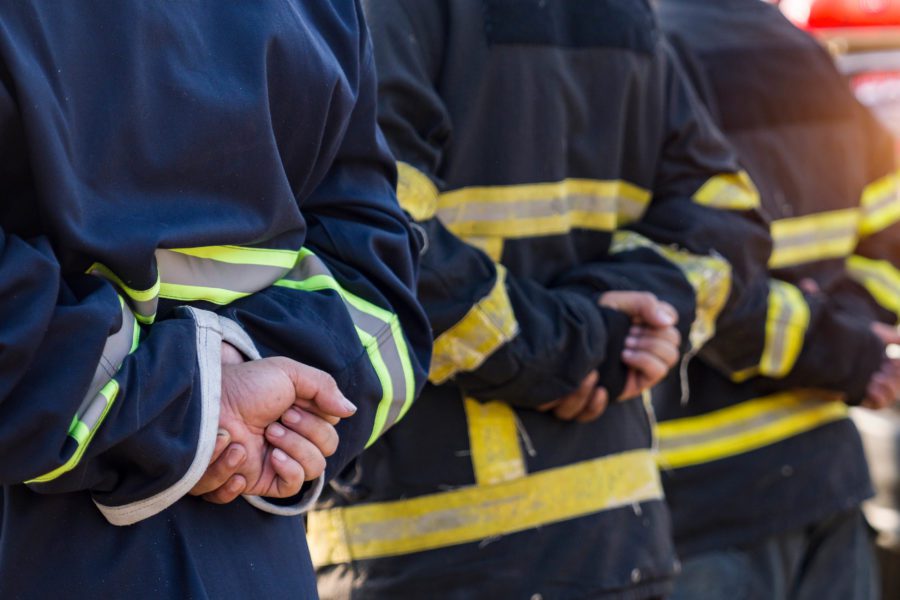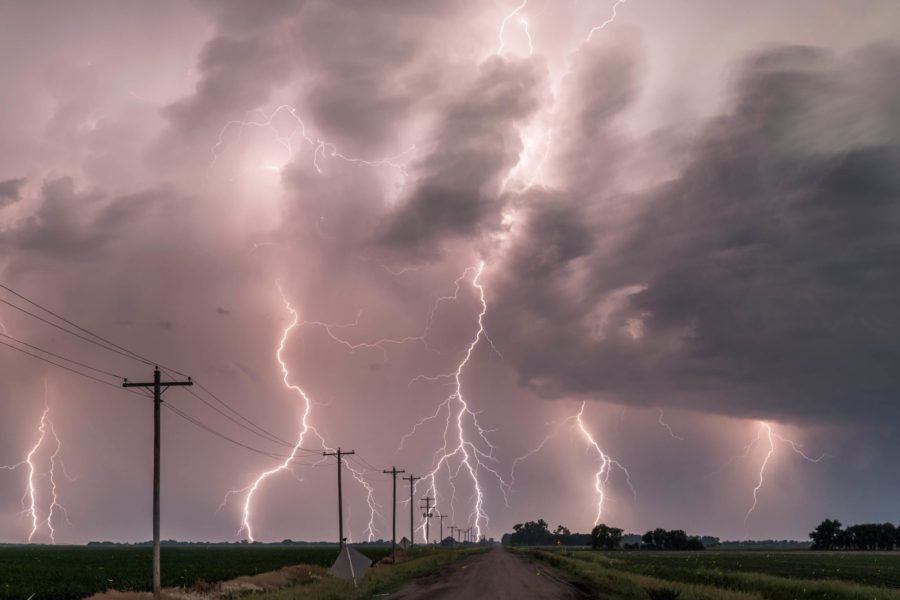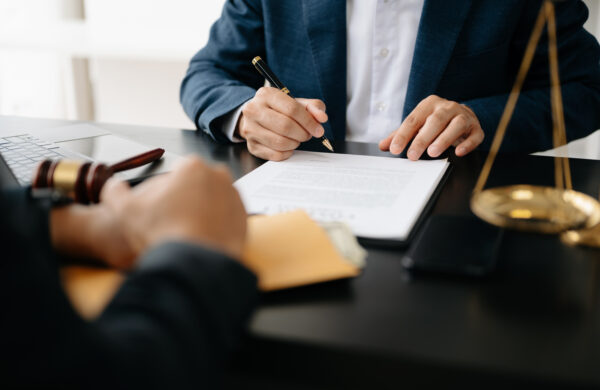Many external threats are outside of your control, but preparing for them is within your control. A strong environmental contingency plan can help you respond to environmental disasters in a way that minimizes loss, business interruption and liability.
Preparing for Environmental Emergencies and Disasters
When creating an emergency plan, it’s important to consider what events are possible. This will depend on many factors, and possible disasters may be natural or caused by humans.
Additionally, natural disasters may trigger industrial disasters, meaning that the two often need to be considered together. For example, a severe storm may cause a leak involving toxic chemicals.
Possible environmental disasters and emergencies include the following:
- Hurricanes
- Floods
- Wildfires and Structural Fires
- Earthquakes
- Tornadoes
- Winter Storms
- Nuclear Disasters
- Oil Spills
- Hazardous Gas Leaks and Chemical Spills
Emergency Preparedness: Assessing Your Resources
When you’re working on your contingency planning, it’s a good idea to review the resources that could help you. For example:
- Who are the people on your team who can help with the plan? Who will be responsible for creating the plan?
- What emergency planning tools and environmental contingency plan templates can you use?
- Which third parties can you rely on? These might include insurers, financial institutions, partners, insurance brokers and vendors.
- What federal or local agencies are relevant? Consider reporting requirements and safety regulations.
- What does your commercial insurance cover? Review your business insurance policies to determine what will and won’t be covered in the case of an emergency.
Emergency Procedures: Identifying Priorities
Emergencies tend to be chaotic and confusing. You may be pulled in multiple directions at once as you try to tend to everything that needs your attention. As a result, some of the most urgent tasks may be overlooked. To avoid this, it’s important to establish your priorities ahead of time.
The number one priority should always be human health and safety. Consider what will be needed to keep your workers and others on the premises safe.
- Are the exits clearly marked and easily accessible?
- What are the evacuation routes that people can use to safely leave the area?
- What lines of communication will ensure that people are aware of imminent dangers?
- Who can people contact during an emergency for help?
- What supplies do they need in case they are trapped on-site during an emergency? Supplies could include food, water, radios, blankets, flashlights, batteries and first aid supplies.
- What hazards on the site, such as toxic or flammable materials, do they need to be aware of, and how should these hazards be handled? Conduct a chemical inventory.
According to Ready.gov, after safety, the second priority should be stabilization of the incident. Depending on the type of emergency and the details of your business operation, incident stabilization may include the following:
- Extinguishing a small fire
- Containing a chemical spill
- Administering first aid
- Notifying the proper agencies
Your Environmental Contingency Plan: Before, During and After
A good contingency plan should include the steps that need to be taken before, during and after potential emergencies and disasters. When creating your plans, consider the following questions.
- What training and practice drills will be used to prepare your team for potential emergencies?
- How will you be notified of potential threats? Advance warnings can have a big impact on your company’s efforts to keep people safe and mitigate the damage.
- What emergency warning systems will be used when there is a substantial threat? Think about the warning systems in place for various emergencies, from tornados to chemical leaks and fires. Designate a person to be in charge of emergency warning systems, alarms and detectors.
- During the emergency, what steps must be taken to ensure safety and contain the incident? Write down the actions needed, the decision makers in charge of each step and the tools and resources available.
- If your company’s operation is impacted, who will need to be notified? This could include your insurance company, your vendors and customers, your employees and clients, as well as regulatory and governmental agencies.
- After the emergency, what resources will be available to help with the recovery? Document available resources and the person in charge of each.
- When will the building be cleared for workers to return? Designate a person or a team to be responsible for ensuring safety.
- How will this information be communicated to workers? Consider your communications systems and how they might be impacted.
- If recovery takes a prolonged time, can some business operations continue in the meantime? Can work be done remotely or at another site? What resources will be needed to make this possible?
Hazardous Waste and Spill Response
If your business involves any type of hazardous waste, chemical, gas or other material that could become a danger during an emergency, your contingency planning needs to take material safety and environmental health into account.
A hazardous materials incident could be the initial emergency, but it could also be a secondary emergency caused by another disaster.
- What equipment malfunctions could contribute to an incident?
- What computer system failures could result in an incident? This could include ransomware or other cyberattacks.
- How could a fire, flood, earthquake or storm contribute to an incident?
- What backup plans are in place, and under what circumstances could these backup plans fail? Could the same event – such as severe flooding – cause both the primary safety mechanisms and the backup safety mechanisms to fail?
- How will you dispose of recovered waste? How will environmental health be preserved, and what regulations must be followed?
Texas Flooding: An Example to Learn From
When potentially dangerous materials are involved, one emergency can trigger another. This is what happened in Texas when flooding from Hurricane Harvey led to an explosion at the Arkema chemical plant.
According to the U.S. Chemical Safety Board (CSB), Arkema manufactures and distributes organic peroxides, some of which must be kept at a temperature below 32° Fahrenheit to prevent them from decomposing and catching fire. During the extreme flooding, the plant lost both power and backup power. Workers moved the organic peroxides to refrigerated trailers, but three of the trailers could not be moved and subsequently flooded and failed. Without the necessary refrigeration, the chemicals caught fire. Evacuations were needed for both the employees and more than 200 people who lived near the plant.
The extreme flooding caused by Hurricane Harvey might seem like a once-in-a-lifetime event, but it may become more common due to climate change. Vanessa Allen Sutherland, CSB chairperson, says, “Considering that extreme weather events are likely to increase in number and severity, the chemical industry must be prepared for worst-case scenarios at their facilities. We cannot stop the storms, but by working together, we can mitigate the damage and avoid a future catastrophic incident.”
Financial Preparedness
The SBA says that 25 percent of small businesses won’t open again after a disaster.
Even once the disaster clears, the long-term impacts may linger. Companies may have lost expensive equipment, materials and inventory. They may suffer income losses due to business disruptions.
Losing important documents can be another major problem for businesses that are trying to recover. The IRS recommends paperless recordkeeping for financial and tax records. There is also a Business Casualty, Disaster and Theft Loss Workbook (Publication 584-B) that businesses can use to create an inventory of belongings and business equipment to help with insurance and casualty loss claims.
Creating Your Environmental Contingency Plan
For more information on creating your contingency plan, refer to FEMA’s Comprehensive Preparedness Guides. The SBA’s Preparedness Checklists covering various types of disasters (earthquakes, floods, hurricanes, tornadoes, wildfires and winter weather) may also be helpful.
Robust insurance coverage should be another key part of your environmental contingency plan and risk management strategy. The right insurance package can help with property loss, business interruption losses, equipment breakdown, cyber liability, directors and officers liability and more.
The team at Higginbotham can help you obtain a commercial insurance package that meets the needs of your business while mitigating risks associated with your industry and location.






